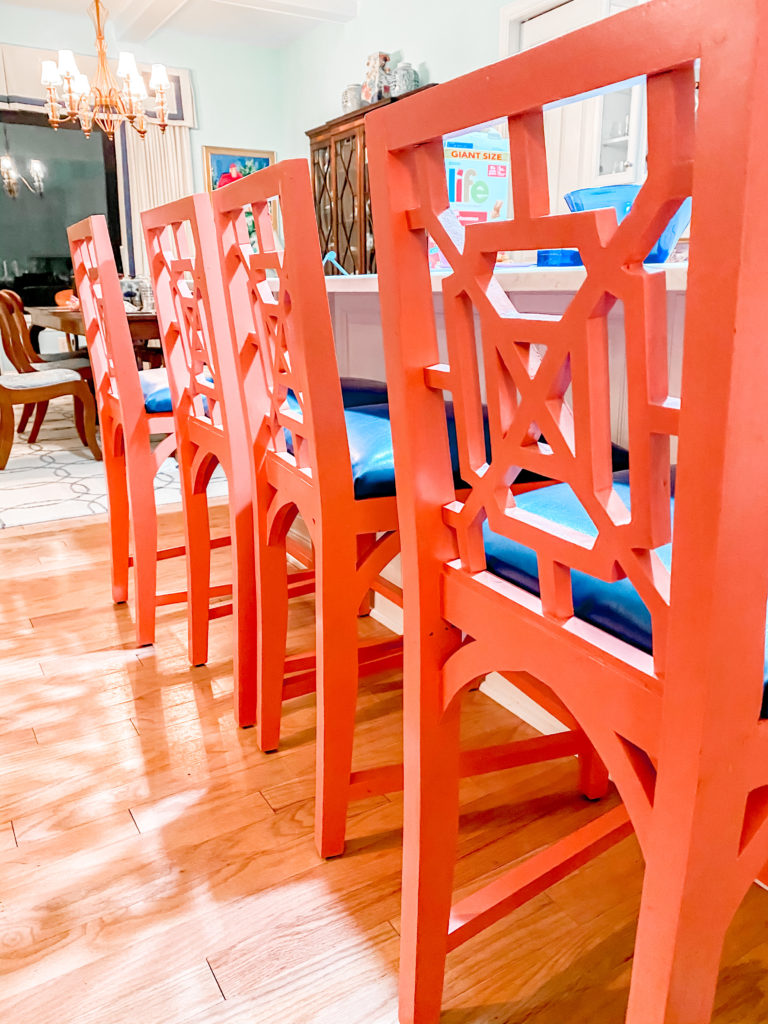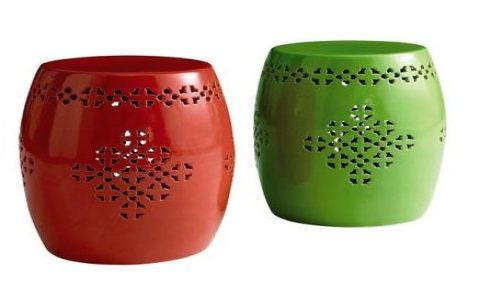A "China stool," in the context of decorative arts and furniture, typically refers to a Chinese ceramic or porcelain stool, often known as a garden stool or drum stool. These pieces have a long history in Chinese culture, serving both functional and ornamental purposes.
Key Characteristics
Chinese porcelain stools are distinguished by several notable features:
- Material: Predominantly crafted from high-fired porcelain or robust ceramics, lending them durability and often a lustrous finish. This makes many suitable for both indoor and outdoor use.
- Form: The most common silhouette is barrel-shaped or drum-shaped, usually with a flat top for seating or display. Sides can be solid, pierced with intricate cut-outs, or feature applied relief details. Some may have symbolic animal or floral forms.
- Decoration: These stools are celebrated for their rich surface decoration. Techniques include vibrant glazes (e.g., celadon, sancai), underglaze painting (famously blue and white cobalt), and overglaze enamels (like famille rose or famille verte). Motifs often carry auspicious meanings, depicting landscapes, flora, fauna, and mythological scenes.
- Construction: They are typically hollow but sturdy, designed to support weight. The base and top are often distinct, sometimes with decorative bands or borders.
Functional Versatility
While originally conceived as seating, the Chinese porcelain stool offers remarkable versatility:

- Seating: Provides a unique and artistic seating option.
- Side Table: Functions effectively as a small table next to a sofa or chair.
- Plant Stand: An elegant way to elevate potted plants.
- Decorative Object: Serves as a standalone sculptural element, adding a touch of Chinoiserie or classic design to an interior.
- Outdoor Accent: Weather-resistant varieties are popular in gardens and patios.
Cultural and Aesthetic Significance
Porcelain stools are more than just utilitarian objects; they are a testament to Chinese ceramic artistry. Their designs often reflect the aesthetic preferences and symbolism prevalent during different dynasties. Today, antique and reproduction Chinese stools are prized by collectors and interior designers worldwide for their beauty, craftsmanship, and ability to blend with diverse decor styles, from traditional to contemporary. They embody a fusion of practicality and artistic expression.







